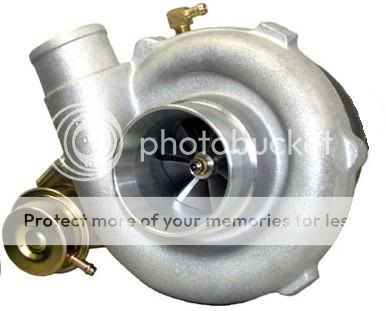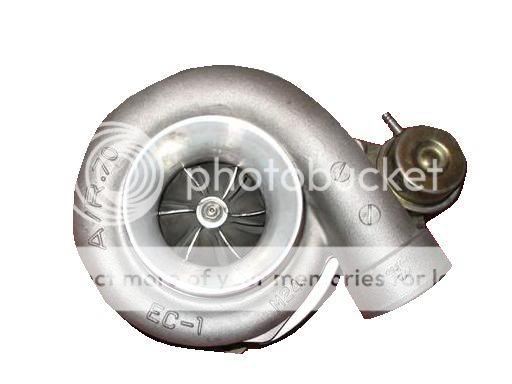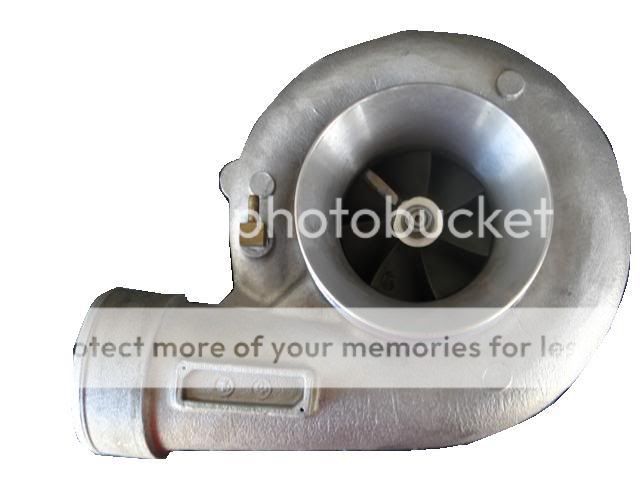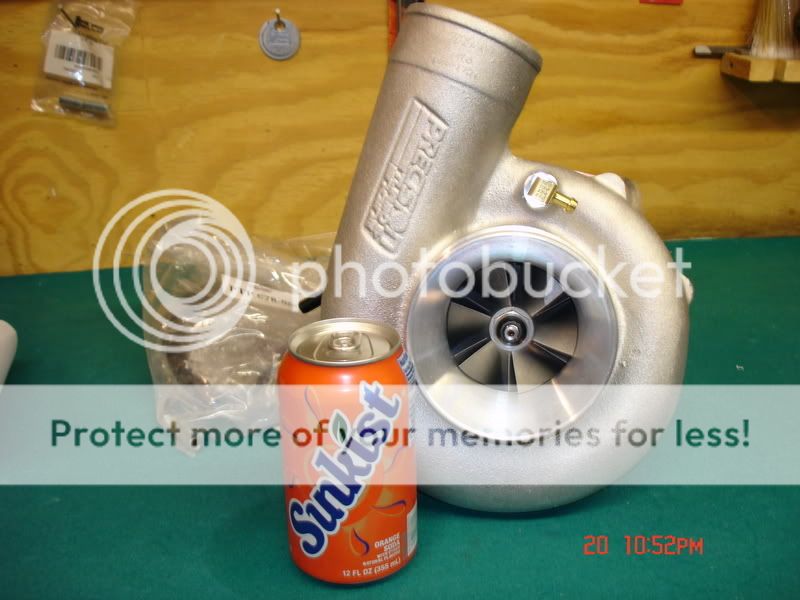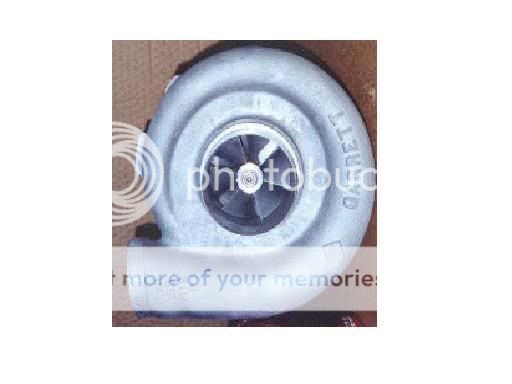Surface feed problems are the biggest thrust bearing killers. Blocked oil inlets due to foreign objects, aeration due to cavitation at the sump, starvation due to engine stalls while loaded, starvation due to high g force launches, operation with too viscous oil, inadequate oil temp, etc. You will have a big problem really fast with something operating at a close tolerance like a turbocharger thrust bearing and it will fail almost instantly with an oiling problem. The faster the shaft spins the more oil it ejects. Ball bearing turbos will have a very high thrust capacity due to the design. A radial ball that is rolling along a bearing race can withstand many more times the thrust load with much less oil requirement. However they won't tolerate a no oil or carbonized oil situation very long. Carbonization of engine oil due to heat soak back will murder a ball bearing. It's like having sand in the bearing.
Sent from my iPhone using Tapatalk
Sent from my iPhone using Tapatalk

